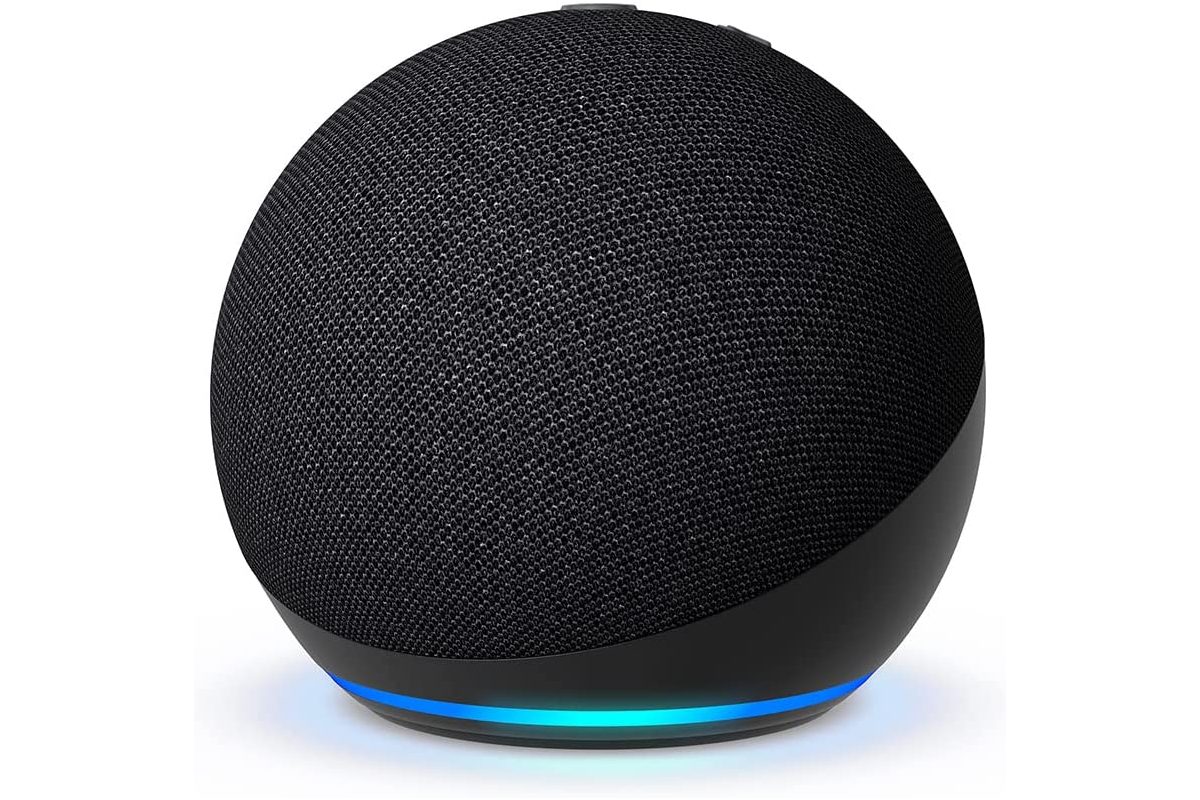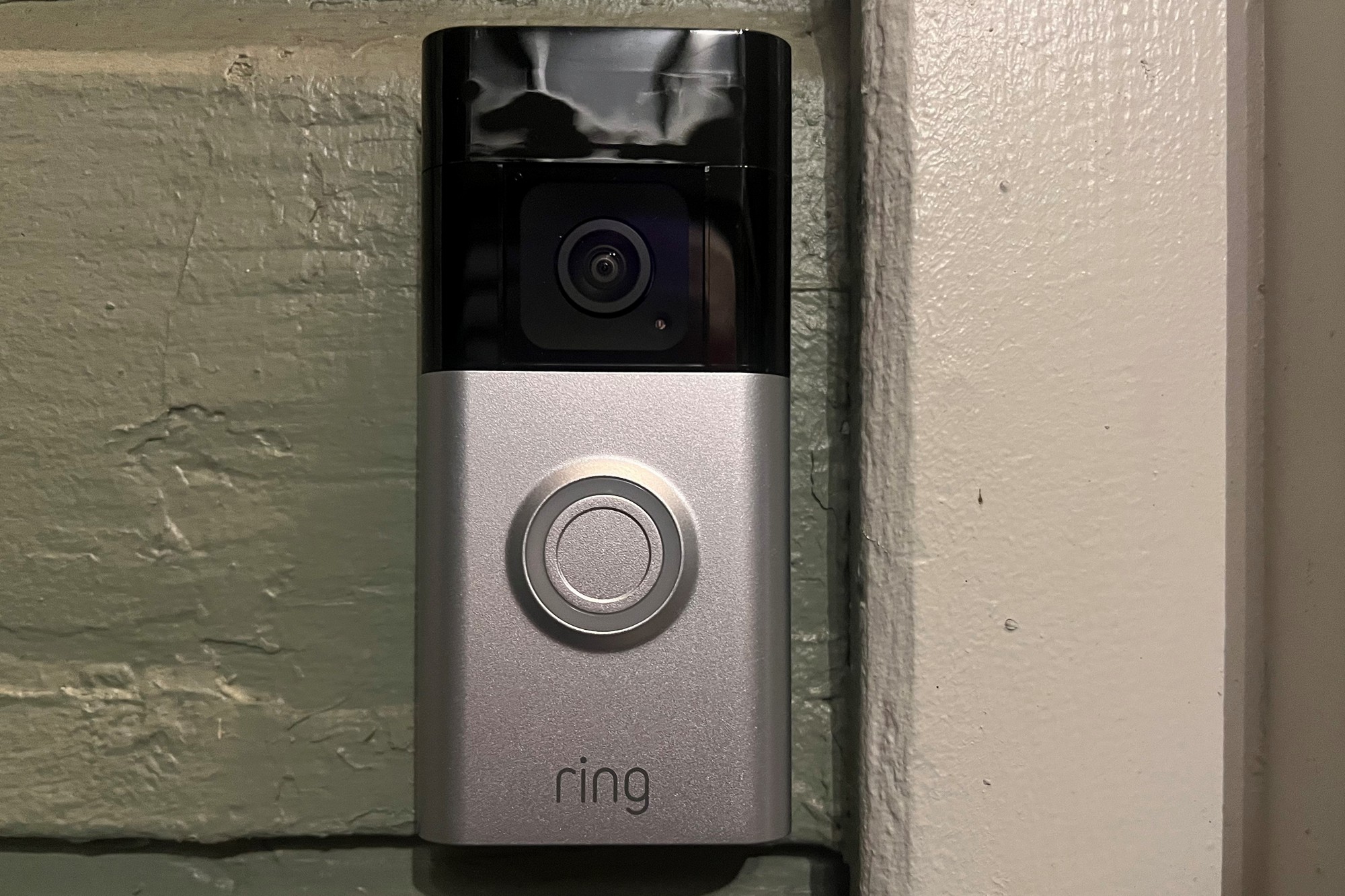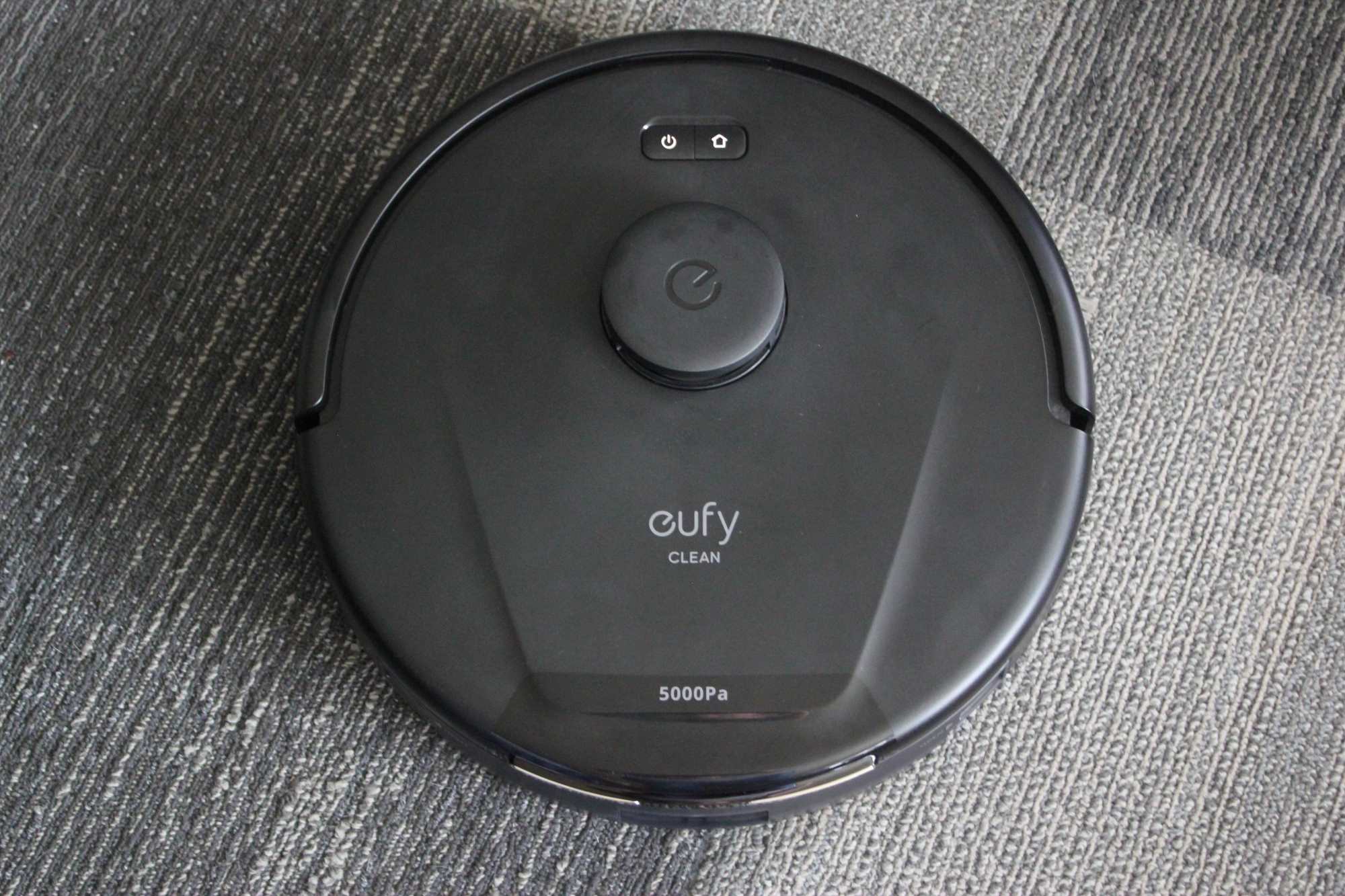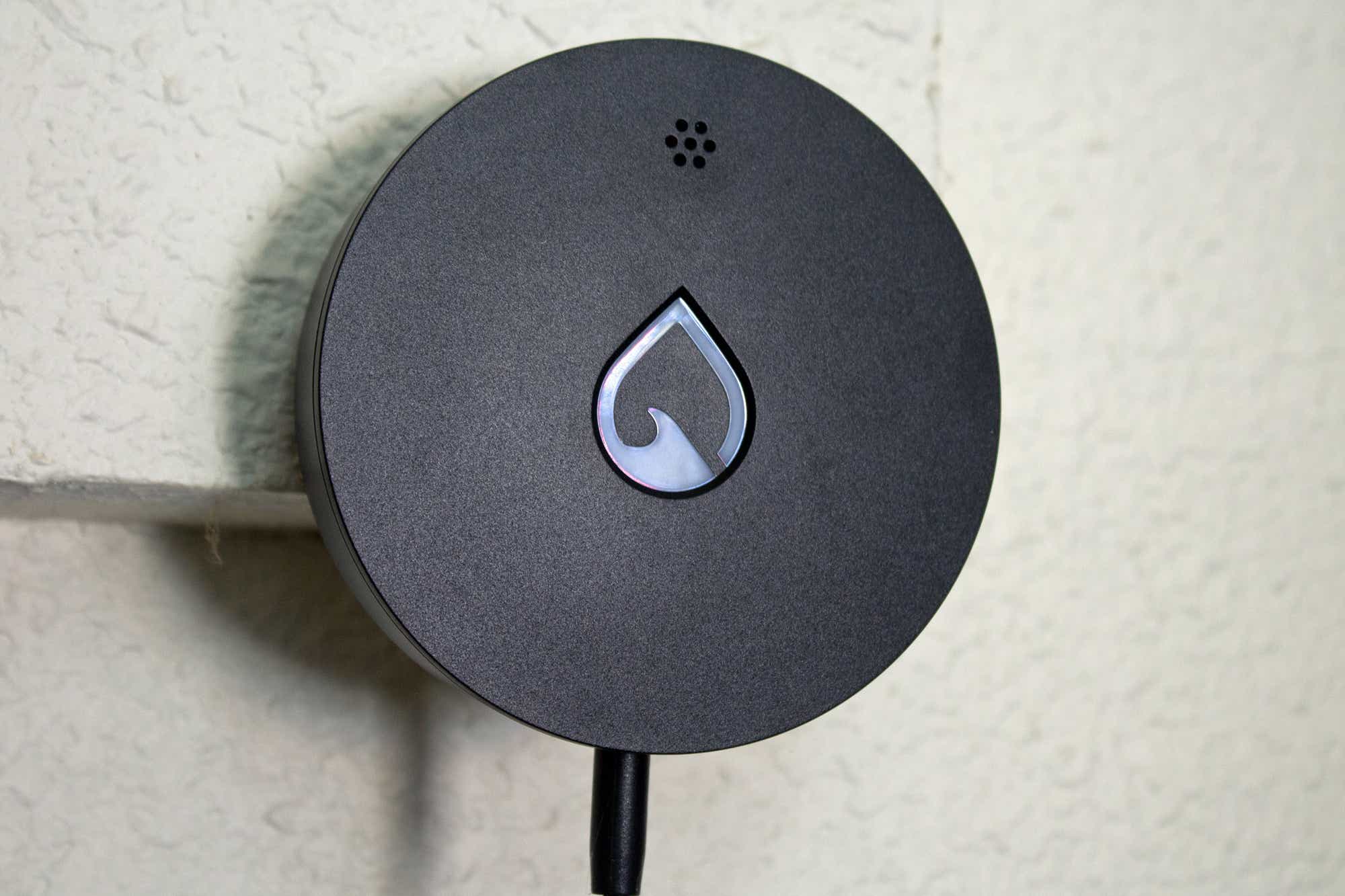Renting an apartment or house doesn’t mean you must forgo the convenience of a smart home; in fact, you might be surprised by the possibilities for making your home life easier, all of which can be achieved without drilling or making any lease-breaking modifications to your dwelling.
We’ll be ticking off types of smart devices that are decidedly apartment-friendly, from smart bulbs that you can screw into existing sockets to stick-up video doorbells that don’t require wired power. These smart gadgets are easy to install, and once your lease is up, you can take them all with you, without leaving any damage behind.
Once you’ve perused our guide, click through to see our top picks for each category. Renters unite!
Smart lights
Smart bulbs rank as among the easiest way for renters to begin their smart home journeys. An Edison-style smart bulb can be screwed into a standard light socket, and you can reduce your initial outlay by choosing a bulb that’s controllable via Wi-Fi or Bluetooth.
Once you’re ready to expand, you can add a smart hub for even greater control (such as a Philips Hue Bridge), while light strips and smart light panels can add atmosphere with simple stick-up installation.
Renter's pick: Philips Hue White Ambiance A19 (Bluetooth + Zigbee)

Pros
- Having Bluetooth onboard eliminates the need for the $60 (MSRP) Philips Hue Bridge
- Excellent quality of light and smooth-as-silk dimming
- Supremely easy to install and later transfer to Philips Hue Bridge control when you’re ready
Cons
- Without the Philips Hue Bridge, you can’t limit scenes to one or a few bulbs; changes affect all the Bluetooth bulbs you’ve installed
- You can’t assign bulbs to rooms without the Bridge
No one does smart lighting better than Signify’s Philips Hue, and adding Bluetooth while keeping Zigbee makes it cheaper and a whole lot easier to get started.
Smart plugs
Want to automate your fans or add smarts to a decorative standing lamp? A smart plug will do the trick.
Just plug a smart plug into an existing wall outlet, and you’ll be able to control any connected device using voice commands (assuming you have smart speakers, which we’re getting to in a moment), put it on a schedule, add it to a smart automation (such as powering on a lamp when you come home), or monitor its electricity usage.
Renter's pick: Leviton Decora Smart Wi-Fi Plug-in Switch (2nd Gen) (model D215P)

Pros
- HomeKit, Alexa, and Google Assistant support
- Slim form factor
- Simple, intuitive app
Cons
- Some hiccups during initial HomeKit setup
Leviton continues to make our favorite smart plug, and its second-generation device adds HomeKit compatibility to its repertoire.
Smart speakers
The heart of your smart home, a smart speaker can bring Alexa, Google Assistant, or Siri into your apartment, allowing you to control your smart devices, play music, set timers and alarms, and more, all using voice commands.
Some smart speakers can even act as smart hubs, connecting your various smart gadgets (including those that work with Matter) together. Best of all, installation is a snap: just set your new smart speaker on a table, shelf, or other flat surface, and then plug it in.
Our current favorite smart speaker for most people is the Amazon Echo Dot, but whichever smart ecosystem you choose, we recommend sticking with it for all your other smart speakers–so if you start with Apple’s HomePod mini and you’re ready for more, get another Apple HomePod speaker, not one powered by Alexa or Google Assistant.
Renter's pick: Amazon Echo Dot (5th Gen)

Pros
- A very inexpensive voice-powered smart home controller
- Very good audio reproduction
- Pretty industrial design
- Acts as an extender for Amazon’s Eero mesh routers
Cons
- Audio performance still pales in comparison to a Sonos One
- 3.5mm analog audio output has been removed
Amazon is the strongest player in the smart home market today, and the Echo Dot with Clock (5th Gen) is a key reason for that position.
Video doorbell
Just because you’re a renter doesn’t mean you can’t have a video doorbell. We’re seeing more and more smart doorbells that run on battery power and can be attached to your door with adhesive-backed mounting brackets, allowing you to remove them when you’re ready to move out. Even better, our current favorite video doorbell (below, and it’s the one I use) boasts motion and package detection, along with rechargeable batteries that will run for weeks at a time.
In case you’re wondering, video doorbells are (in most jurisdictions) perfectly legal for use in apartment buildings, given that there’s no expectation of privacy in a shared hallway. That said, you might want to give neighbors a heads-up before installing a video doorbell on your apartment door. If you’re renting a single-family home, duplex, or the like, take advantage of the doorbell’s privacy feature that let you mask your neighbor’s door, window, patio, or other areas where there is a reasonable expectation of privacy.
Renter's pick: Ring Battery Doorbell Plus

Pros
- High-res video: 1,536×1,536 pixels
- Package detection
- 1:1 aspect ratio shows visitors from head to toe
- Operates on either battery or low-voltage power
Cons
- 2.4GHz Wi-Fi connectivity only
- Color pre-roll video is not supported
- Ring Protect subscription required to unlock all features, including recording
Ring made significant improvements to video resolution and aspect ratio and added package detection to maintain its position as the best video doorbell for most people, including renters.
Smart dimmer switches
Nope, you don’t have to tinker with in-wall wiring to install a smart dimmer switch in your apartment. While most of our recommended smart switches do require replacing an existing wall switch (a task that takes from technical know-how, as well as potentially break the terms of your lease), there are stick-up smart switches that you can place—and remove—with ease.
Philips Hue, for starters, makes an excellent and handsome smart switch (below) with an adhesive backing, although it requires the Hue Bridge to work.
Renter's pick: Philips Hue Dimmer Switch (2021)

Pros
- Improved wall plate now has mounting holes
- New Hue button adds greater functionality
- Can trigger different light scenes depending on the time of day
- Fully configurable through HomeKit
Cons
- “Power off” and dimmer buttons aren’t configurable via the Hue app
Equipped with a new button, a much improved wall plate, and greater configurability, the new Hue Dimmer Switch is better in every way, and it’s the perfect choice for apartment dwellers who’d rather not deal with drills or in-wall wiring.
Robot vacuums
Even a small apartment could do with a robot vacuum sweeping up dirt and debris every so often, especially if you have pets.
Until just a few years ago, a budget robot vacuum meant a basic bump-and-run model that you’d turn loose on your floors. Recently, however, affordable robot vacuums have been packing in advanced features such as AI-powered object avoidance, room-mapping capabilities, and more.
Renter's pick: Eufy Clean L60

Pros
- Affordable
- Tough on pet hair
- Accurate room mapping
- Great battery life
Cons
- Missed larger debris
- So-so obstacle avoidance
If you’re on a budget but still want a robot vacuum that can map your floors, the LiDAR-equipped Eufy Clean L60 makes for a great choice. The vacuum will also please pet lovers with its prowess at picking up pet hair, and it even cleans well in carpeted rooms.
Smart thermostats
Unlike most of the smart gadgets in this feature, smart thermostats require some knowledge of in-wall HVAC wiring, and they’re not much good unless your regular thermostat offers control of both heating and cooling. (Some buildings don’t allow their tenants any access to a thermostat, in which case you’re simply out of luck.)
Still reading? If so, a smart thermostat isn’t that tough to install (your landlord may even help, or you could always summon a TaskRabbit worker), and it’s a terrific way to save on heating and cooling bills. You should probably get your landlord’s permission before you proceed with this change.
Renter's pick: Nest Thermostat

Pros
- Attractive industrial design, available in four colors
- Very easy to install, program, and use
- Monitors your HVAC system for potential problems
- Energy Star certified
Cons
- No support for remote room sensors
- Not suited to more complex HVAC systems
- Backplate for covering holes from previous installations is a $15 option
It’s hard to beat the Nest team when it comes to attractive industrial design, and the Nest Thermostat is an elegant device if you don’t need to support more sophisticated HVAC systems, which is likely the case for most apartments.
Water leak sensors
Water leaks can be trouble even for renters—indeed, as a renter myself, I’ve had to deal with leaky kitchen and bathroom sinks, not to mention a basement that was susceptible to flooding during sudden downpours. To prevent your valuables from getting soaked, a smart water leak sensor makes for a wise investment.
Water leak sensors come in different forms. Some are small wireless probes that connect to a hub, while others are plug-in models with lengthy, moisture-detecting sensors. Just leave the sensors under sinks, on basement floors, and other areas where water shouldn’t be, and you’ll get an alert if there’s a water problem.
Renter's pick: Phyn Smart Water Sensor

Pros
- Sends an immediate warning when water contacts it
- Industrial design prevents water ingress from the top of the device
- Operates on two AA batteries
Cons
- Can’t be integrated into a broader smart home ecosystem (including IFTTT)
- Operates only on 2.4GHz networks
Deploy Phyn Smart Water Sensors under your sinks, near your washing machine, next to your water heater, and other places where water might show up where it shouldn’t be, and you’ll get an immediate warning if it does.




